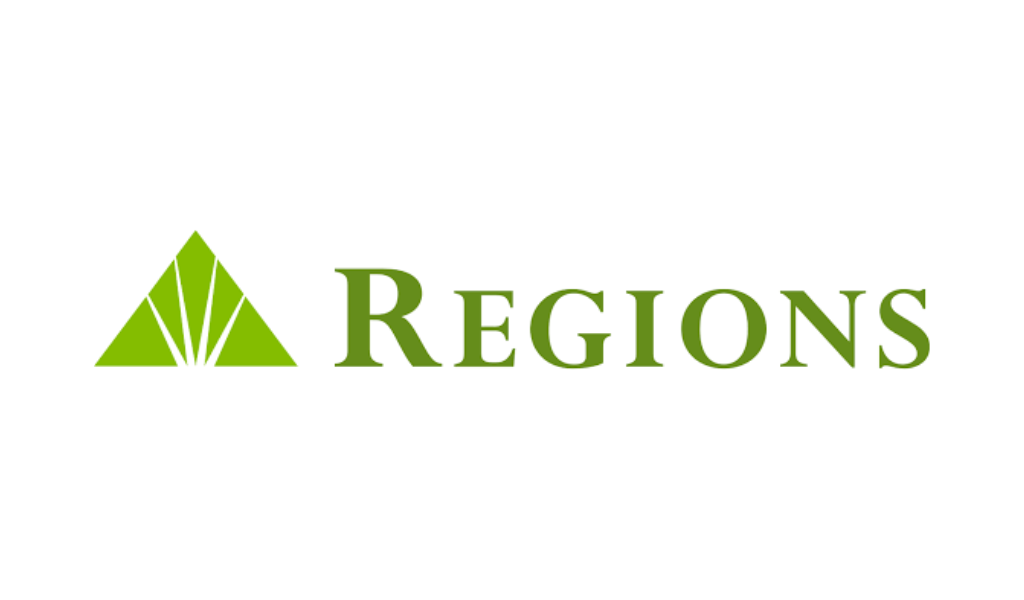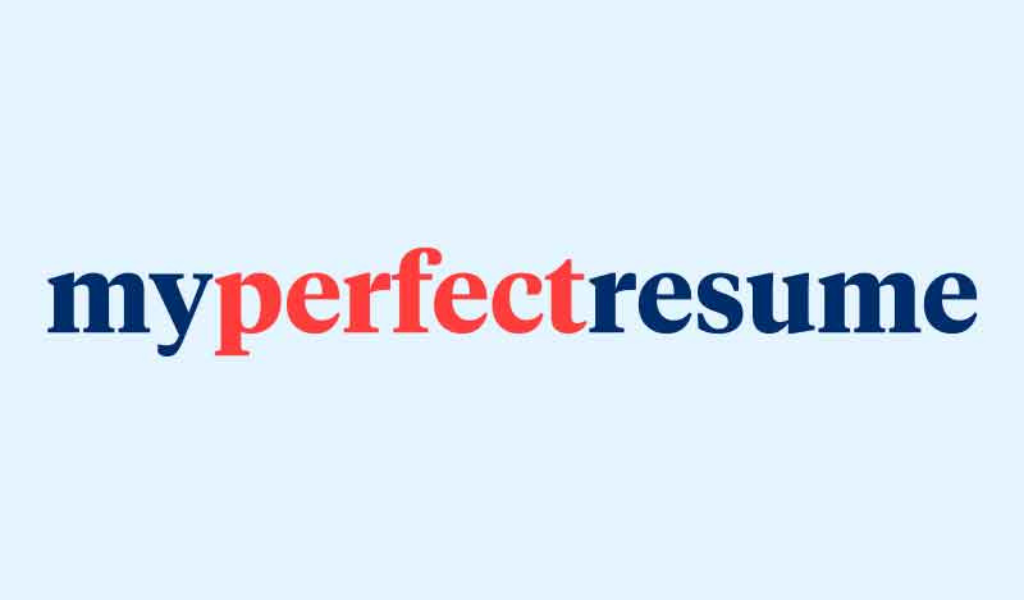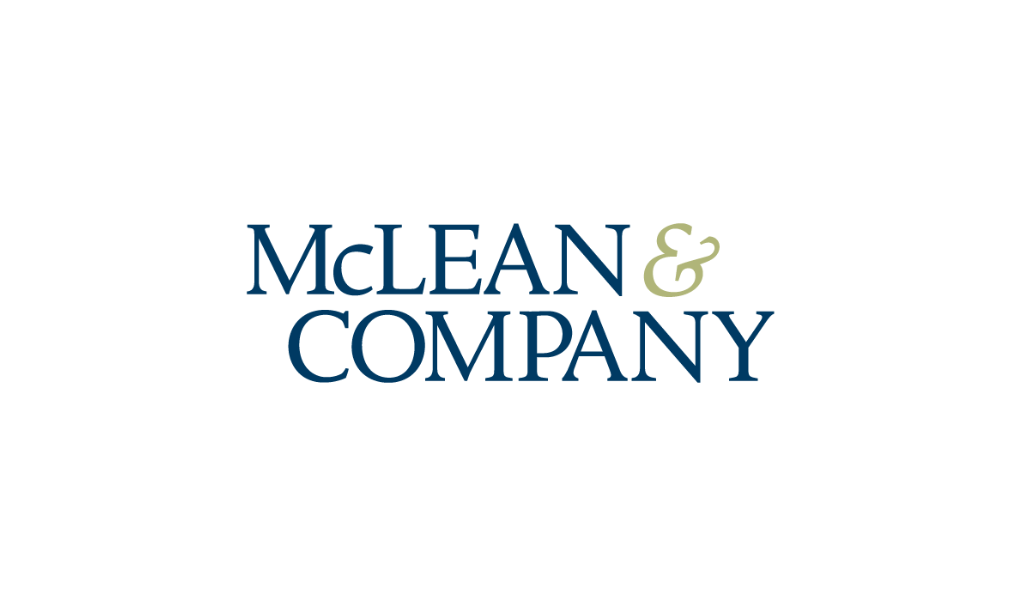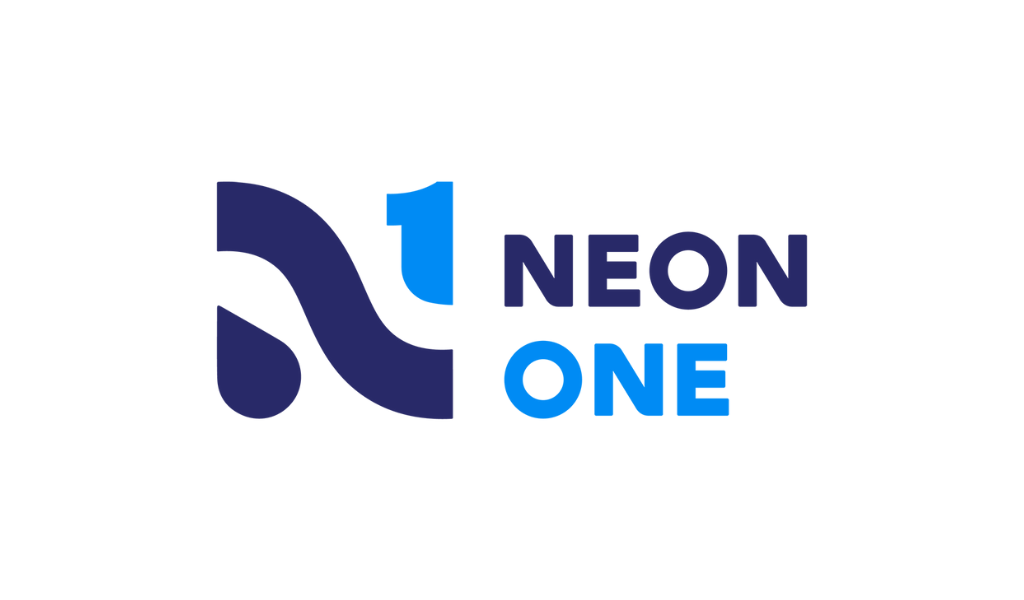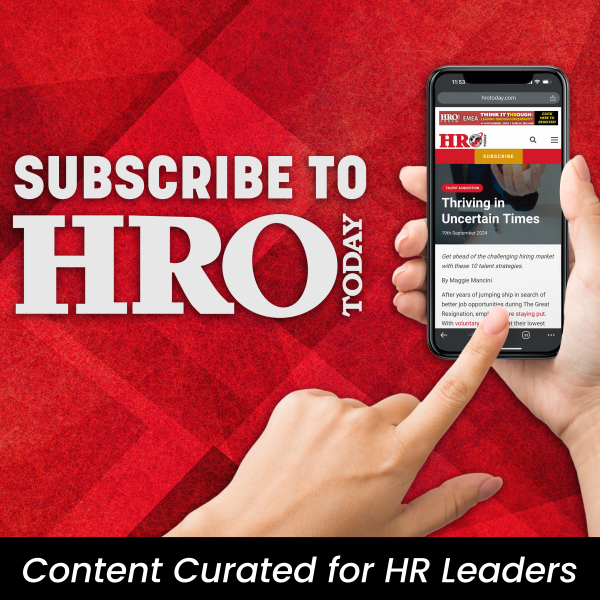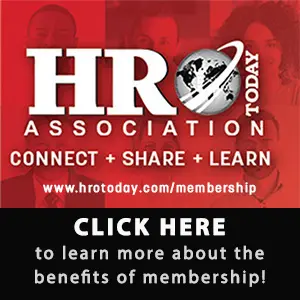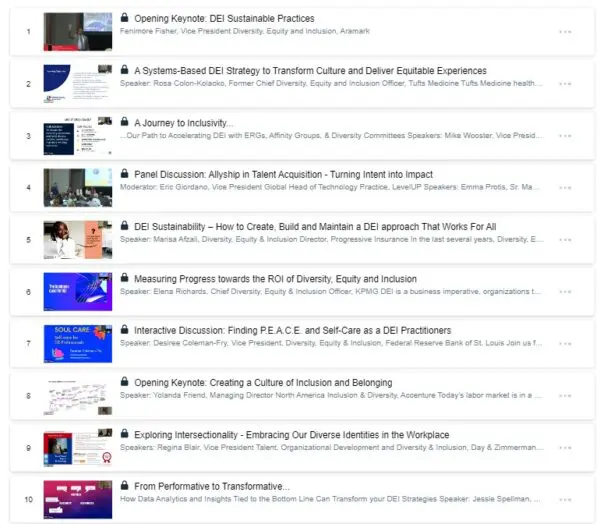Voya Financial, Inc. has announced findings from a consumer research survey highlighting new workplace benefits and savings perspectives heading into the 2024 open enrollment season. Among the findings, Voya’s research indicates a shift in employee priorities as nearly three-quarters (72%) of employed Americans strongly or somewhat agree they would take a job with a slightly lower salary for better healthcare and medical coverage, including lower premiums and out-of-pocket costs. This sentiment is felt even higher among millennials (80%) compared to Gen Z (60%), Gen X (69%), and baby boomers (72%).
“The consistent trend of rising healthcare costs, coupled with the fact that these needs are anticipated to increase as one ages, is having a tangible effect on individuals,” says Nate Black, vice presidents of health solutions product at Voya Financial. “Our research also revealed more than half of employed Americans strongly or somewhat agree they would take a lower salary for employer contributions to health savings and spending accounts (59%), and better access to voluntary benefit offerings such as critical illness, hospital indemnity, disability income, and accident insurance (54%). As a result, this data highlights that priorities are shifting regarding individuals’ broader healthcare needs, particularly when it comes to support from their employer.”
Voya’s research also finds more than half (51%) of employed Americans say health care costs have a severe or major impact on their ability to save for retirement. The good news, however, is that many employers today recognize this challenge and continue to provide their workforce with solutions that can support one’s health and wealth needs.
What’s more, employees equally recognize the value of solutions through the workforce as Voya’s research also finds over half of working Americans would be more likely to stay with their current employer if provided access to health spending and savings accounts (51%), voluntary benefit offerings (51%), and mental health benefits and resources (54%).
“While it’s encouraging to see employees’ interest in these solutions as we approach open enrollment, now is the time for employers to help their workforce understand the true value these employer-offered resources can provide, which can make a difference in retirement readiness,” says Christin Kuretich, vice president of supplemental products at Voya Financial. “Many individuals may not realize that voluntary benefits, for example, can also help lessen the financial impact of a covered event such as an illness or accident and can potentially reduce the need to tap into a retirement account for any out-of-pocket medical or other expenses. With that in mind, these benefits can be tailored to meet individual needs.”
As managing one’s holistic savings picture remains top of mind, interestingly, Voya’s research also shows that three-quarters (75%) of working Americans strongly or somewhat agree they are interested in receiving support to maximize their workplace benefits dollars across their retirement savings, health savings accounts (HSAs), healthcare insurance, and voluntary benefits at work.
One area of growing support is in the form of innovative digital guidance tools—which continue to emerge as a valuable resource, with goals that include simplifying processes, saving time, and fostering informed decision-making. Encouragingly, individuals are interested in this type of guidance as Voya’s research also finds half of employed Americans are more likely to stay with their current employer if offered access to digital tools and advice to help them make retirement plan and workplace-benefit-related decisions.
“Personalized digital guidance experiences, designed to help employees make more-informed decisions with a synchronized view of their whole financial life, are becoming increasingly important to be able to support the evolving needs of individuals and their households,” adds Kuretich. “This is crucial not only during open enrollment but also year-round to educate employees on their benefits, ensuring they are fully equipped to leverage their workplace benefits and savings effectively.”

